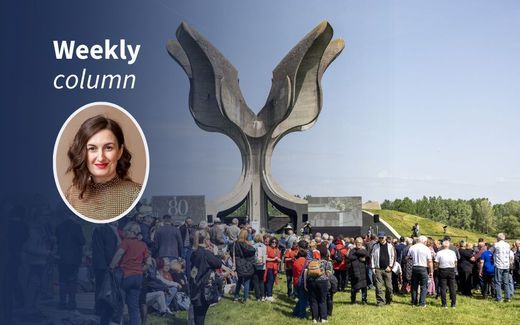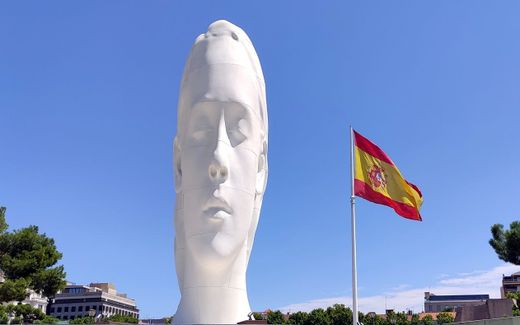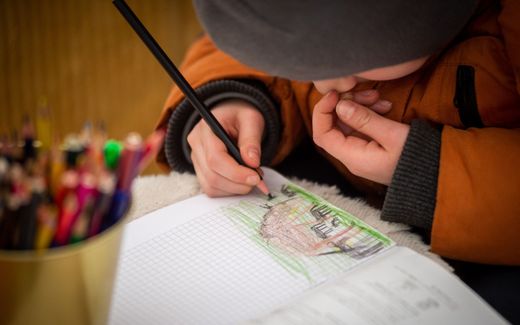How an ancient amphitheatre brought the Gospel to life in Bulgaria
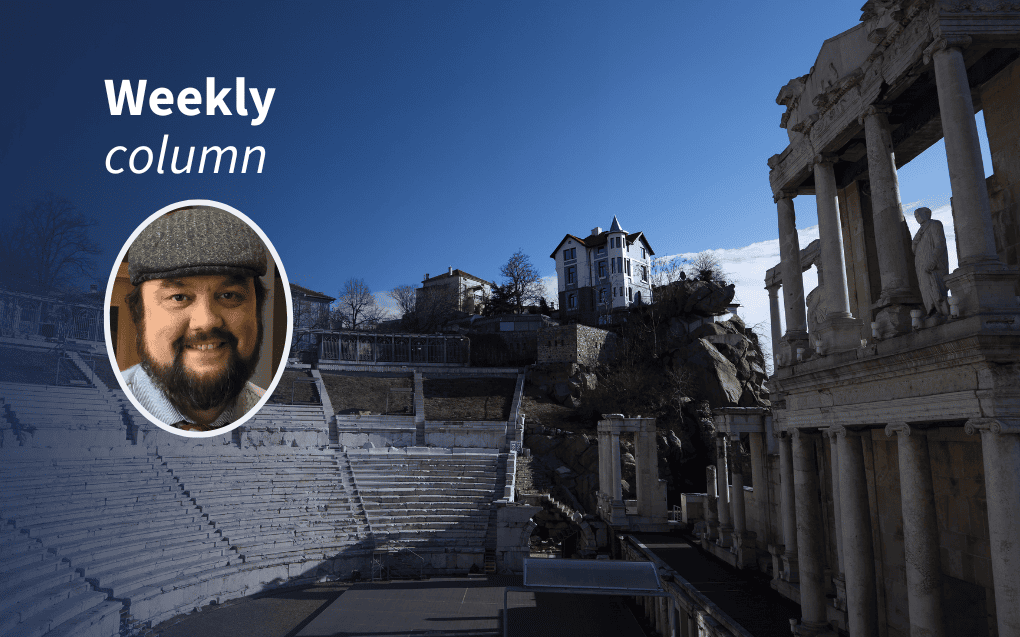
Photo Canva.com, EPA, Vassil Donev
Christian Life
How can you bring the message of the Gospel close to modern people in the 21st century? By using modern forms of art, says Vlady Raichinov.
In the heart of the Bulgarian city of Plovdiv, a Roman amphitheatre carved into the hillside has stood for two millennia. It was built during emperor Domitian’s reign in the 90s AD –around a decade after the apostle John’s death– and once echoed with the drama of imperial power and the roar of crowds.
Once founded under the name of Philippopolis, today Plovdiv is Bulgaria’s second-largest city. Nestled between the two hills of Dzhambaz Tepe and Taksim Tepe, its Ancient Theatre ranks among the world’s best-preserved Roman drama venues. Its stone tiers once held between five and seven thousand spectators, and were carefully restored in the last century. Today, it remains a vibrant site, hosting performances beneath the open sky, with the Rhodope Mountains stretching in the distance.
On the evening of August 16, 2025, its ancient stones came alive in a new way: they resonated the life, death, and resurrection of Jesus Christ, in the Bulgarian musical John – the Son of Thunder. For the first time outside Sofia, the production was played on an open air stage, expressing the famous New Testament story in a fresh and engaging way.
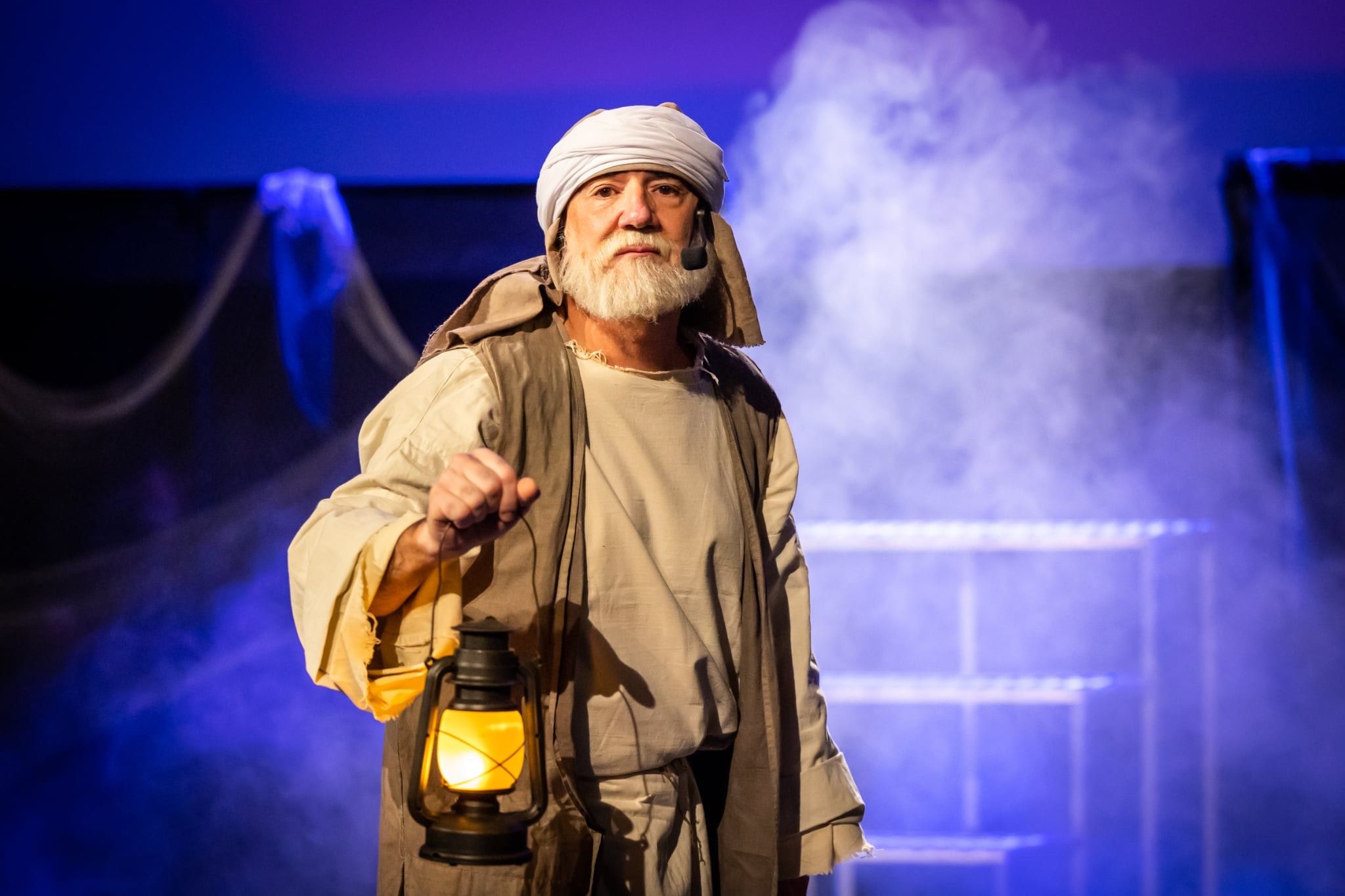
Relationships
John – the Son of Thunder is an entirely original Bulgarian musical that brings to life the journey of the apostle John, the fiery “son of thunder”, who wrestles with existential questions. “They say this world is not a waiting room”, he keeps musing throughout the show. “What are we doing here then? And why?”
John recalls his life, his defiance and his adventure through despair toward hope.
Years later, exiled on the island of Patmos, John recalls his life, his defiance and his adventure through despair toward hope. A train station motif and a bright yellow line that should not be crossed serve as powerful metaphors for life’s journey, transit and the unseen threshold beyond the visible world. As John is depicted in three different life periods: as a boy, as a youth and as an elderly man, his path takes him from restlessness and doubt to devotion and hope, and eventually Christ transforms him into “the apostle of love”.
The musical is written and composed by Anton Radoslavov. It merges characters, compresses timelines and reimagines relationships in ways that bring the story to life while staying true to Scripture.
Rhythms
A musical is a living art form. The story is carried through song, movement and spoken word. In John – the Son of Thunder, that form becomes a captivating expression of Jesus’s sacrificial death and God’s redemptive plan through poetry, melody, dance and vocal accord. It shows us how the arts can hold the Gospel truth in ways that speak to both heart and mind.
We see creative storytelling in visual media, too.
Music is central to this vision. Bulgarian ethnic irregular rhythms intertwine with rock music, saturated recitatives and Gospel harmony. The Sofia Gospel Choir, directed by Gery Balevska, brings beautiful depth to the soundscape. This choir is the only one of its kind in Bulgaria, founded on the conviction that the Good News message of faith and freedom, joy and hope transcends national borders.
A striking detail of the production is how the choir is positioned: sitting in the back rows of the amphitheatre among the audience. This creates an immersive experience, with the voices rising behind the viewers and mingling with the on-stage performance.
Complexities
We see creative storytelling in visual media, too. The recent TV dramas like The Chosen and David have been profound attempts to explore Biblical complexities on screen. The children’s animation Light of the World will hit the big screens this autumn, exploring Christ’s life from ministry beginnings through crucifixion and resurrection, as seen through the young apostle John’s eyes. Similarly, John – the Son of Thunder stands rooted in Galilean soil but probing questions of universal longing. Productions like these are intended to open the door into 1st century faith for 21st century viewers.
The performance in Plovdiv is a milestone for the musical’s crew. The team hopes to bring this experience to other stages in Bulgaria, though they know the task is big. The cast and crew are many, and the production is elaborate. Still, they remain determined and enthusiastic, believing that beauty and truth are worth every challenge.
August 16 became an emotional and thrilling shared experience for hundreds of viewers. When the performance ended and the lights faded, the stones fell quiet again – but something timeless lingered there. Plovdiv’s Ancient Theatre has a long history under emperors and echoes of history. Now, it has also become a platform that echoes the Gospel story. It was a night when culture and faith entwined in ways as fresh as they were ancient.
Related Articles



